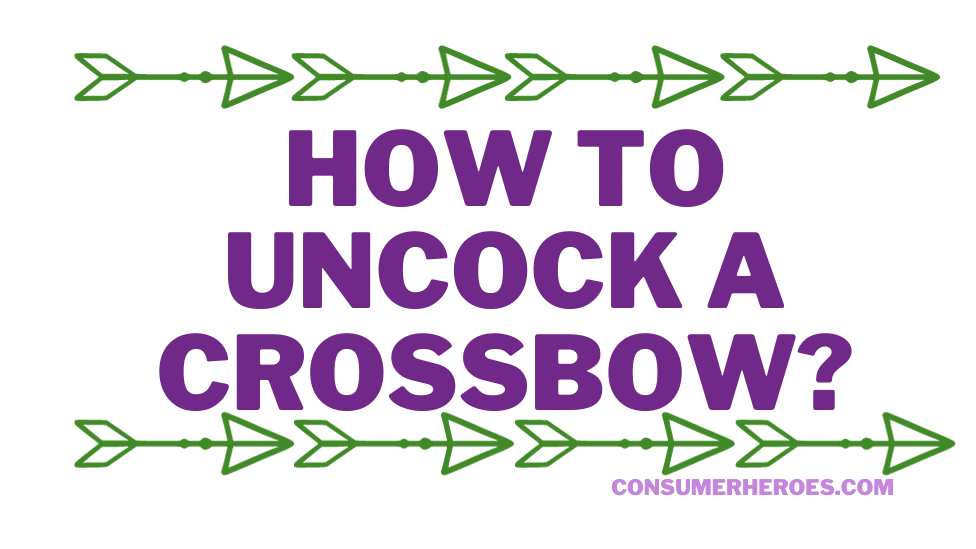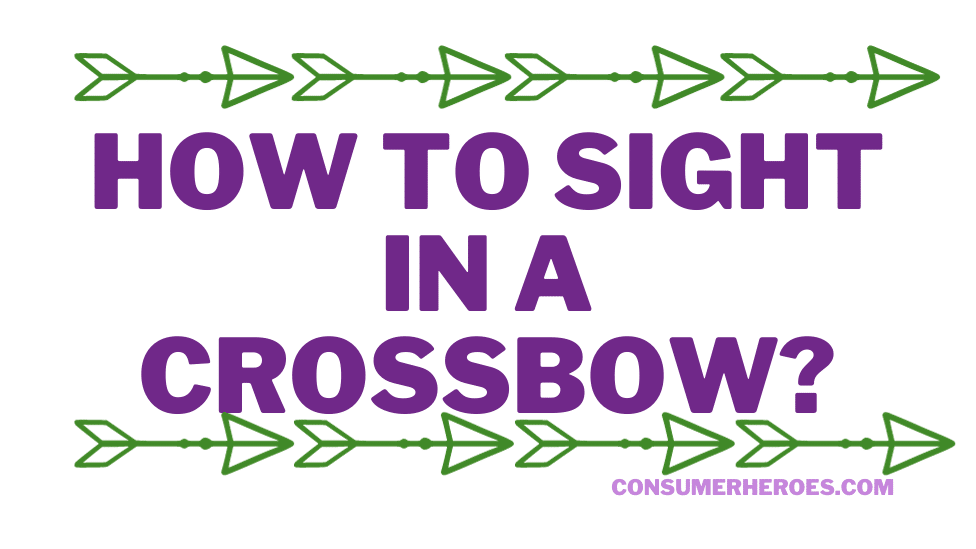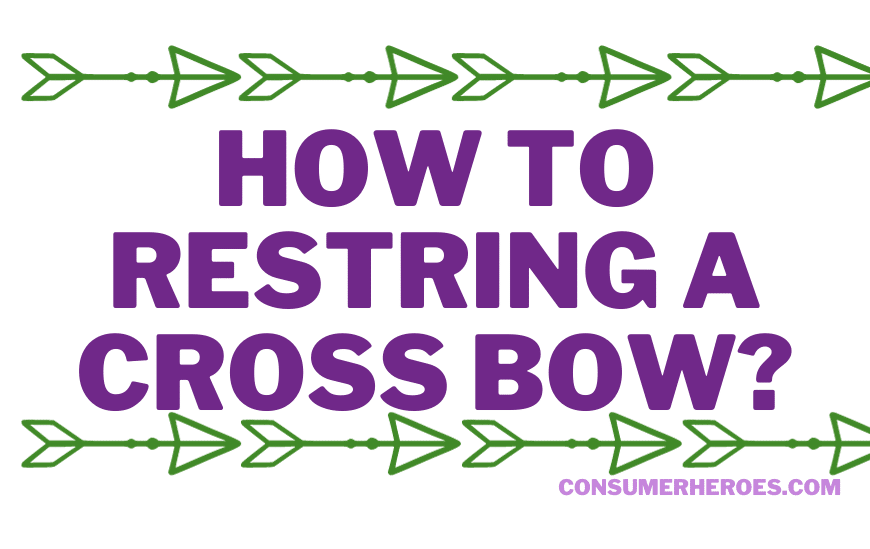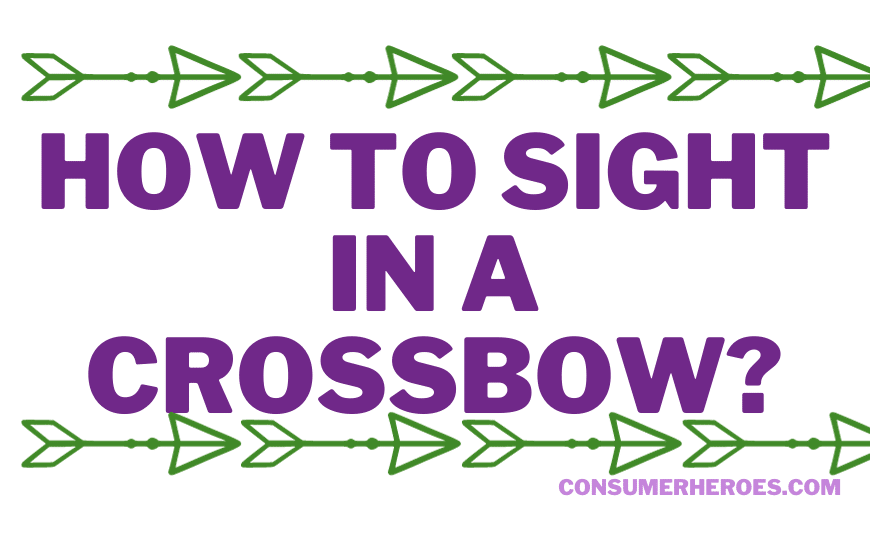Crossbows are powerful and effective weapons that require proper handling and maintenance to ensure their longevity and safety. One important aspect of crossbow maintenance is understanding how to uncock it properly. Failing to do so can result in damage to the bow, injury to the user, or even death.
To uncock a crossbow, the user must follow specific steps to ensure that the bowstring is safely released without causing harm. This process can vary depending on the type of crossbow, but the fundamental principles remain the same. It is crucial to learn how to uncock a crossbow before attempting to use one, as it is an essential part of responsible crossbow ownership.
In this article, we will provide a comprehensive guide on how to uncock a crossbow safely and effectively. We will cover the different types of crossbows and the various methods used to uncock them. By following these steps, users can ensure that their crossbows remain in good condition, and they can use them safely and confidently.
Understanding the Crossbow
Parts of a Crossbow
To uncock a crossbow, one must first understand its parts. A crossbow is made up of several components, each with a specific function. These components include:
- Stock: The stock is the main body of the crossbow, which holds all the other parts in place.
- Limbs: The limbs are the two arms of the crossbow that are attached to the stock. They are responsible for storing and releasing the energy needed to launch the arrow.
- Bowstring: The bowstring is the string that connects the two limbs and is used to launch the arrow.
- Trigger: The trigger is the mechanism that releases the bowstring and launches the arrow.
- Scope: The scope is an optional component that helps the user aim the crossbow.
Types of Crossbows
There are several types of crossbows available in the market. The most common types are:
- Recurve Crossbows: These crossbows have a simple design and are easy to use. They are ideal for beginners and hunters who prefer a lightweight and compact crossbow.
- Compound Crossbows: These crossbows are more complex and have a more powerful shot. They are ideal for experienced hunters and shooters who need a more accurate and powerful crossbow.
- Reverse Draw Crossbows: These crossbows have a unique design that places the limbs in a reverse position. This design makes them more accurate and easier to handle, making them ideal for beginners and hunters who need a more accurate shot.
In conclusion, understanding the parts and types of crossbows is essential to uncocking a crossbow safely. By knowing the components of a crossbow and the different types available, hunters and shooters can choose the right crossbow for their needs and use it safely and effectively.
Safety Precautions
Wearing Protective Gear
When uncocking a crossbow, it is important to wear protective gear to prevent injury. The following gear is recommended:
- Eye protection: Wear safety glasses or goggles to protect your eyes from any flying debris.
- Gloves: Wear gloves to protect your hands from the bowstring and the cocking mechanism.
- Closed-toe shoes: Wear closed-toe shoes to protect your feet from the crossbow and any debris.
Handling the Crossbow
When handling a crossbow, follow these guidelines to ensure safety:
- Keep the crossbow pointed in a safe direction at all times.
- Do not touch the trigger until you are ready to shoot.
- Keep your fingers away from the string and the trigger.
- Do not dry fire the crossbow as this can damage the bow and cause injury.
- Do not cock the crossbow without an arrow in place as this can cause damage to the crossbow and injury to the user.
- Keep the crossbow unloaded when not in use.
By following these safety precautions, you can ensure a safe and successful uncocking of your crossbow.
Steps to Uncock a Crossbow
Positioning the Crossbow
To uncock a crossbow, the first step is to ensure that it is properly positioned. The crossbow should be pointed in a safe direction, away from people and animals. It should be aimed at a target or a safe backstop. The shooter should also ensure that the crossbow is unloaded and that there is no bolt in the chamber.
Releasing the String
The next step is to release the string. This can be done in a few different ways, depending on the type of crossbow. Some crossbows have a built-in decocking mechanism, which allows the shooter to safely release the string without firing a bolt. Other crossbows require the use of a specialized tool, such as a decocking bolt or a rope cocker. The shooter should refer to the manufacturer’s instructions to determine the best method for their particular crossbow.
Ensuring the Crossbow is Uncocked
Once the string has been released, the shooter should ensure that the crossbow is fully uncocked. This can be done by visually inspecting the limbs and the string to ensure that they are no longer under tension. The shooter should also check the safety mechanism to ensure that it is engaged and that the crossbow cannot be fired accidentally.
It is important to note that uncocking a crossbow can be dangerous if not done properly. The shooter should always follow the manufacturer’s instructions and take all necessary safety precautions. By following these steps, the shooter can safely uncock their crossbow and prepare it for storage or transport.
Troubleshooting Common Issues
Crossbow Not Uncocking
If a crossbow is not uncocking, it could be due to a few reasons. One of the most common reasons is the safety mechanism. The safety mechanism on a crossbow is designed to prevent the bow from firing accidentally. If the safety is on, the bow will not uncock. So, the first thing to check is the safety mechanism. Make sure it is off before trying to uncock the bow.
Another reason the crossbow may not be uncocking is that the string is not releasing. This can happen if the string is not properly aligned with the trigger mechanism. If this is the case, the bow will need to be re-cocked and the string realigned.
If the above troubleshooting steps do not work, it is recommended to seek the help of a professional. Do not attempt to force the bow to uncock as this can cause damage to the bow and potentially harm the user.
String Not Releasing
If the string is not releasing, it could be due to a few reasons. One reason is that the bowstring is not properly aligned with the trigger mechanism. This can happen if the string has shifted during use or if the bow has been dropped.
Another reason the string may not be releasing is that the trigger mechanism is malfunctioning. If this is the case, it is recommended to seek the help of a professional. Do not attempt to fix the trigger mechanism yourself as this can cause further damage to the bow and potentially harm the user.
It is important to regularly maintain and inspect a crossbow to prevent these issues from occurring. Always follow the manufacturer’s instructions for proper use and maintenance of the bow.
Maintaining Your Crossbow
Regular Inspection
Regular inspection of your crossbow is essential to ensure that it is working correctly and safely. Before each use, inspect the crossbow for any signs of damage or wear. Check the limbs, strings, cables, and bolts for any cracks, fraying, or other damage. If you notice any damage, do not use the crossbow until it has been repaired or replaced.
It is also important to inspect the trigger mechanism and safety mechanism. Make sure that the trigger is functioning correctly and that the safety engages and disengages properly. If you notice any issues, have a professional repair the crossbow.
Proper Storage
Proper storage of your crossbow is crucial to its longevity and performance. When not in use, store the crossbow in a cool, dry place that is out of direct sunlight. Avoid storing it in a damp or humid environment, as this can cause rust or corrosion.
It is also important to store the crossbow in a case or cover to protect it from dust, dirt, and other debris. This will help prevent any damage to the limbs, strings, or cables.
When storing the crossbow, make sure that it is uncocked and that the strings and cables are not under tension. This will help prevent any damage to the limbs or other components of the crossbow.
By regularly inspecting and properly storing your crossbow, you can ensure that it will perform at its best and last for years to come.







